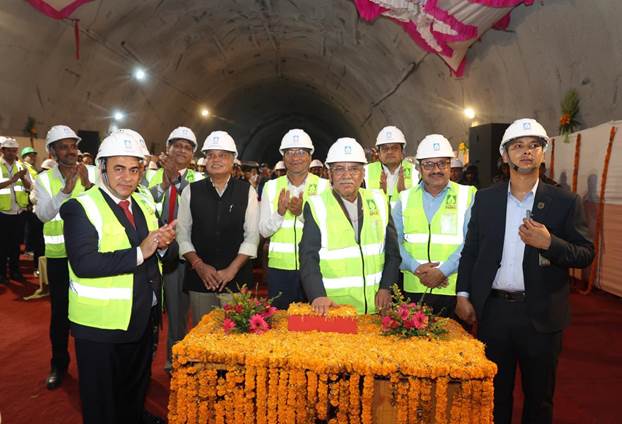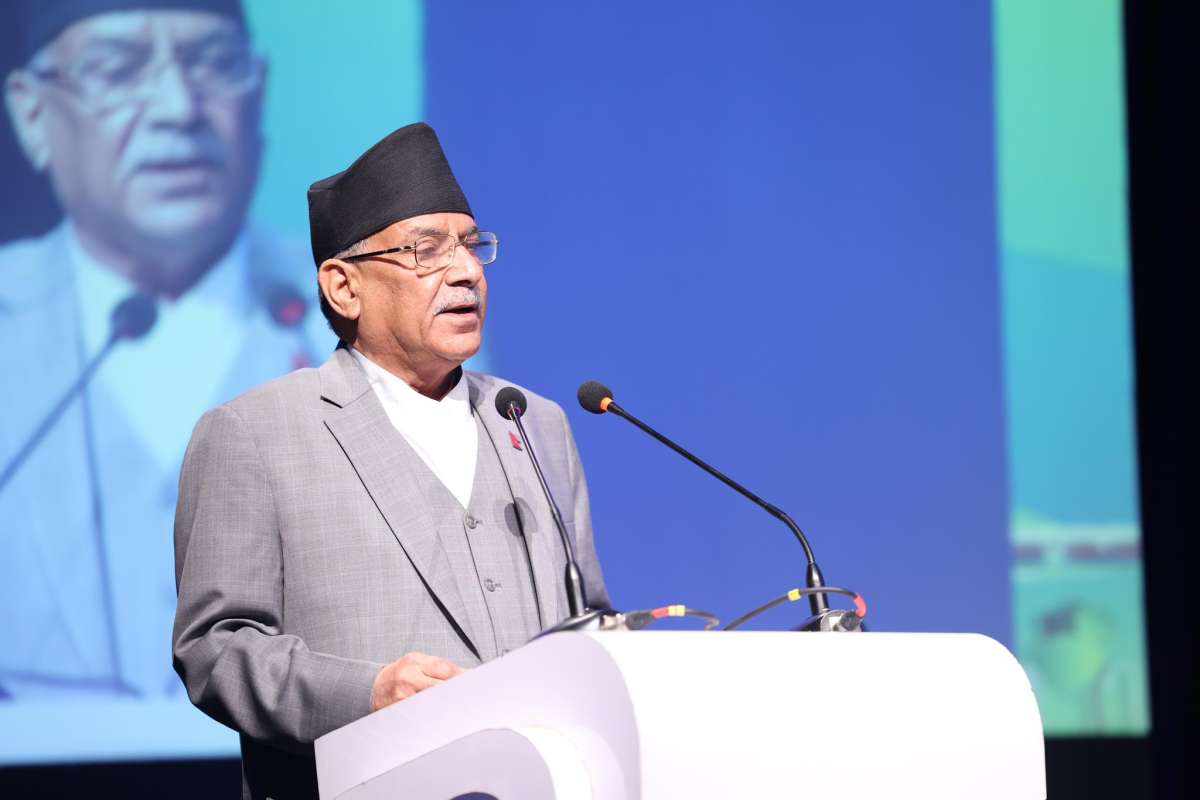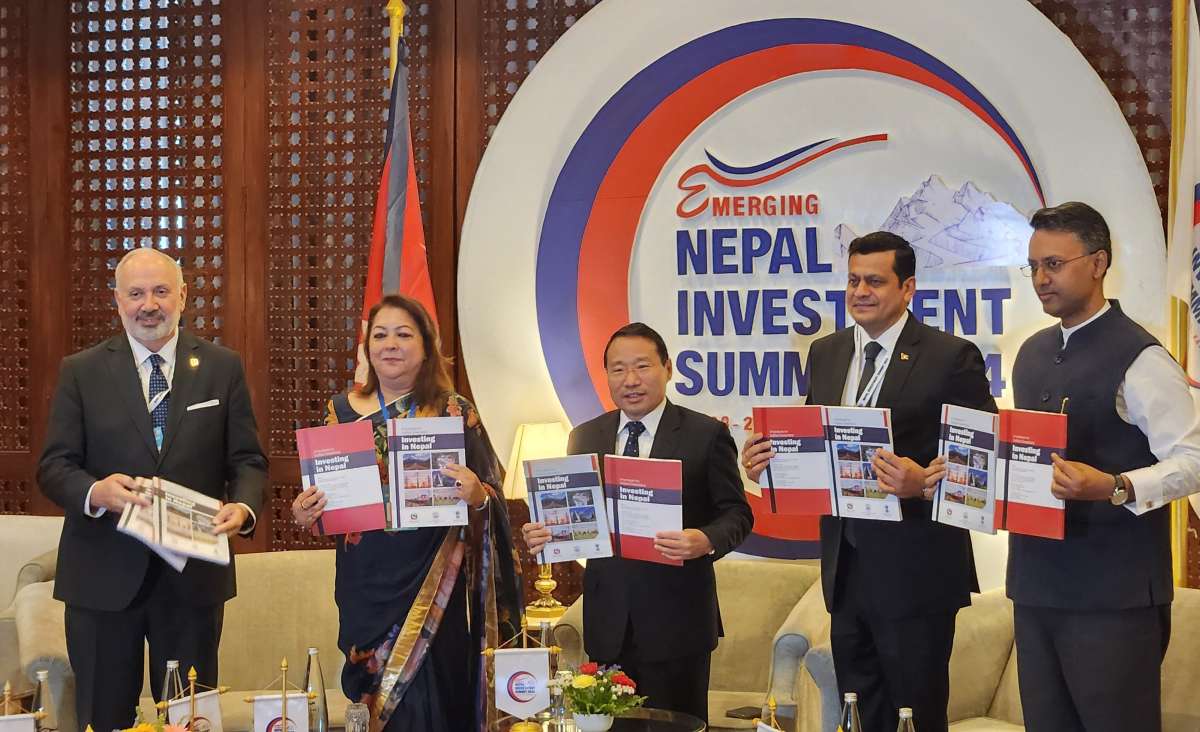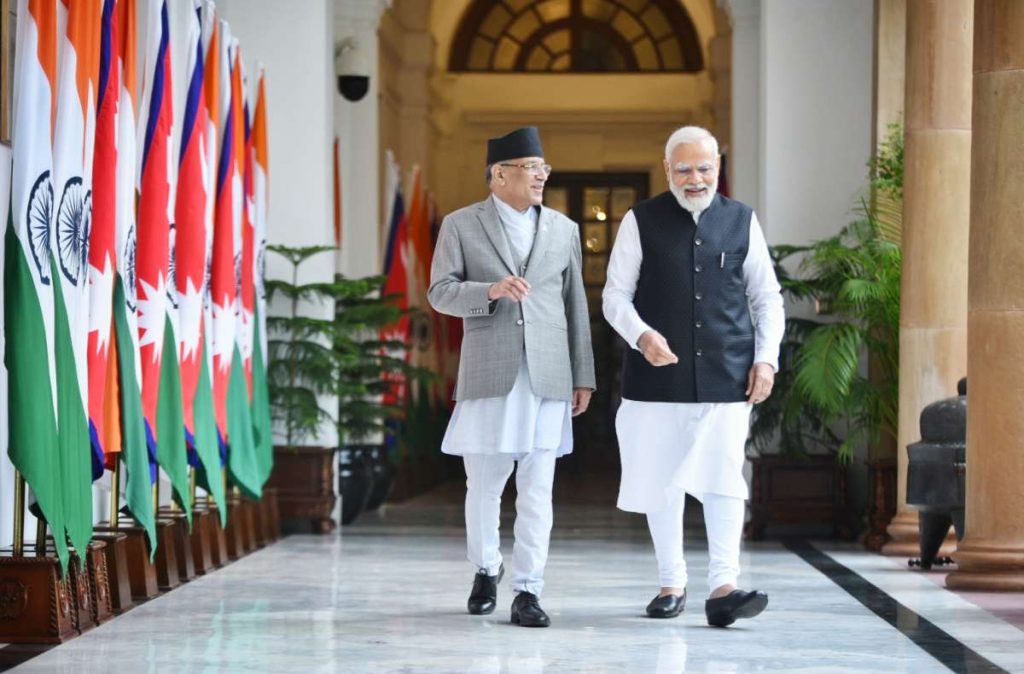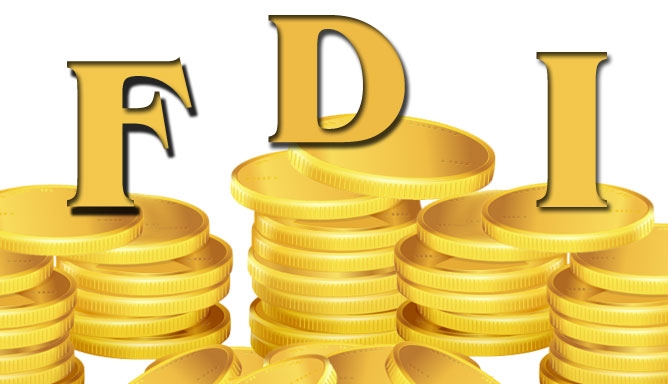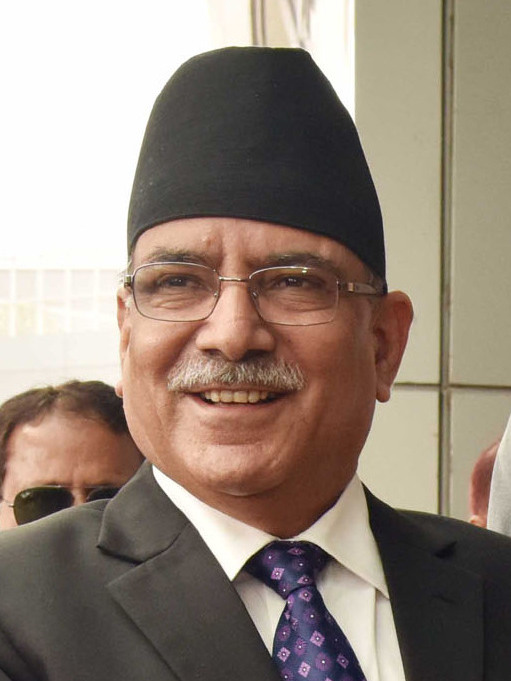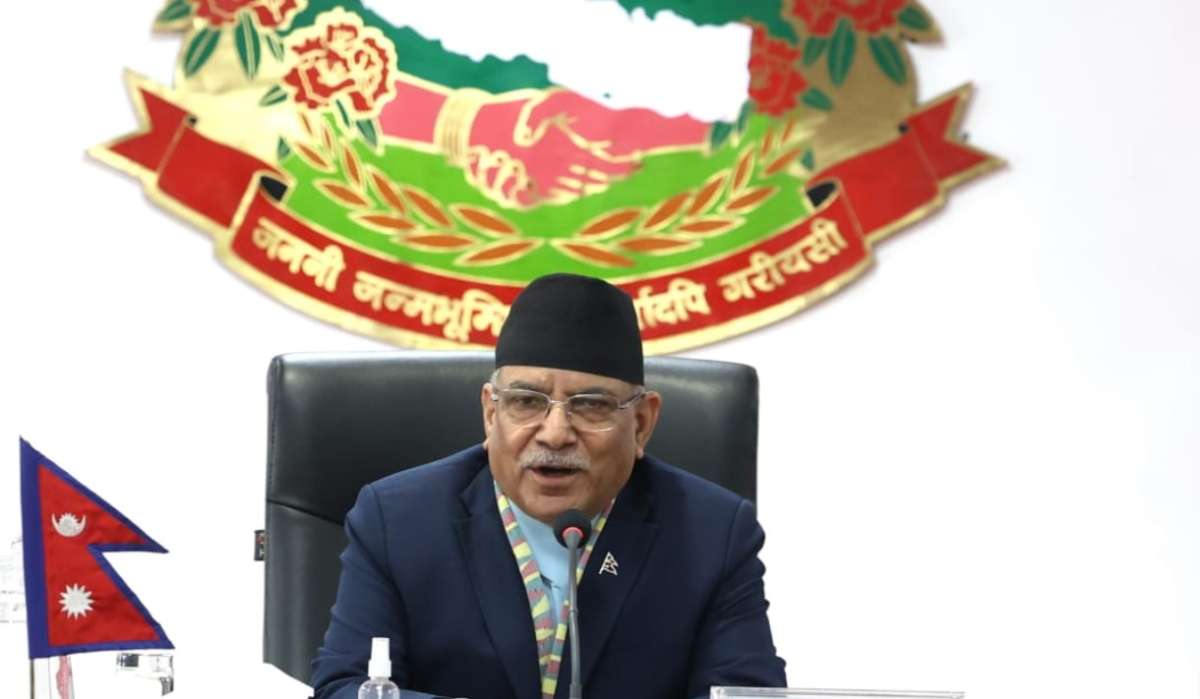The 900 MW hydropower project being constructed on the Arun River with a budget of about USD 1.4 billion…reports Asian Lite News
The Arun III hydropower project in Nepal, which is being constructed with Indian assistance, marked its breakthrough.
Nepali Prime Minister Pushpa Kamal Dahal on Tuesday in the presence of Indian Ambassador Naveen Srivastava triggered the last blast to mark the breakthrough of the 11.8 KM headrace tunnel of Nepal’s first export-oriented project.
The 900 MW hydropower project being constructed on the Arun River with a budget of about USD 1.4 billion, is a run-off-the-river type project whose construction started in May 2018.
The Satluj Jal Vidyut Nigam (SJVN) was awarded with the project through international competitive bidding in March 2008. The Investment Board Nepal and SJVN signed an agreement for the development of the Arun III project in November 2014.

In his address at the event, Nepal’s Prime Minister said that the breakthrough has brought Nepal and India closer to their goal of providing clean, renewable energy and contributing to the sustainable development of the region. He expressed his appreciation for the ongoing efforts and reaffirmed the government’s commitment to facilitating the timely completion of the Arun III project.
Indian Ambassador to Nepal, Naveen Srivastava, recalled the long-term power trade agreed upon between Prime Minister Narendra Modi, and his Nepali counterpart, for the import of electricity from Nepal last year.
The completion of the export-oriented 900 MW Arun III would be a major milestone for the agreement.
As of now, around 75 per cent of the project work has already been completed, and the remaining work is progressing in full swing. Along with this, the work on the 217 km-long associated transmission line is also in progress.
The largest hydropower project is expected to generate electricity next year, which has the potential to generate 3,924 million units of electricity every year. The SJVN is executing 2,200 MW of three hydroelectric projects in the Arun River basin, including a 679 MW Lower Arun Hydropower Project.
In July 2021, Nepal signed a USD 1.3 billion deal with SJVN to develop the 679MW Lower Arun, the second mega project undertaken by the southern neighbour after the USD 1.04 billion 900 MW Arun III.
The Lower Arun project will not have a reservoir or dam and will be a tailrace development of the Arun III project, which means water will re-enter the river for the Lower Arun project.
The Arun III was slated to start producing energy by 2020, but it didn’t happen as the financial closure deadline was pushed back by a year and a half.
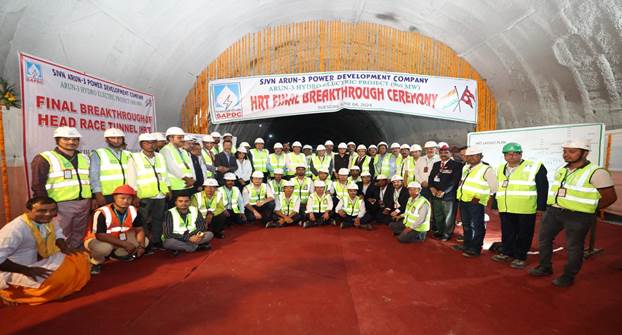
According to the agreement, SJVN will provide 21.9 per cent of the monthly generated energy free of cost, which is expected to be equivalent to Rs 155 billion, and pay another Rs 107 billion in royalties over the next 25 years of its commercial operation.
The project is expected to provide direct economic benefits amounting to Rs 348 billion in the form of dividends, income tax, VAT, and customs, including the 21.9 energy and royalty, over the 25 years of commercial operation, after which the project’s ownership will be handed over to the Nepal government.
Arun III was conceptualised in the mid-1980s and redesigned in the nineties as a two-stage project of 201 MW each, planned for funding by a consortium of international donors led by the IDA of the World Bank.
However, the project fell into the backburner after the World Bank withdrew from the project due to criticism over multiple aspects of the project–its project design, implementation plan, and negative environmental impacts.
More than a decade later, the project was revived, with its installed capacity more than doubled from 402 MW to 900 MW. (ANI)
ALSO READ: BRICS Games to Draw 4,000+ from 97 Nations

